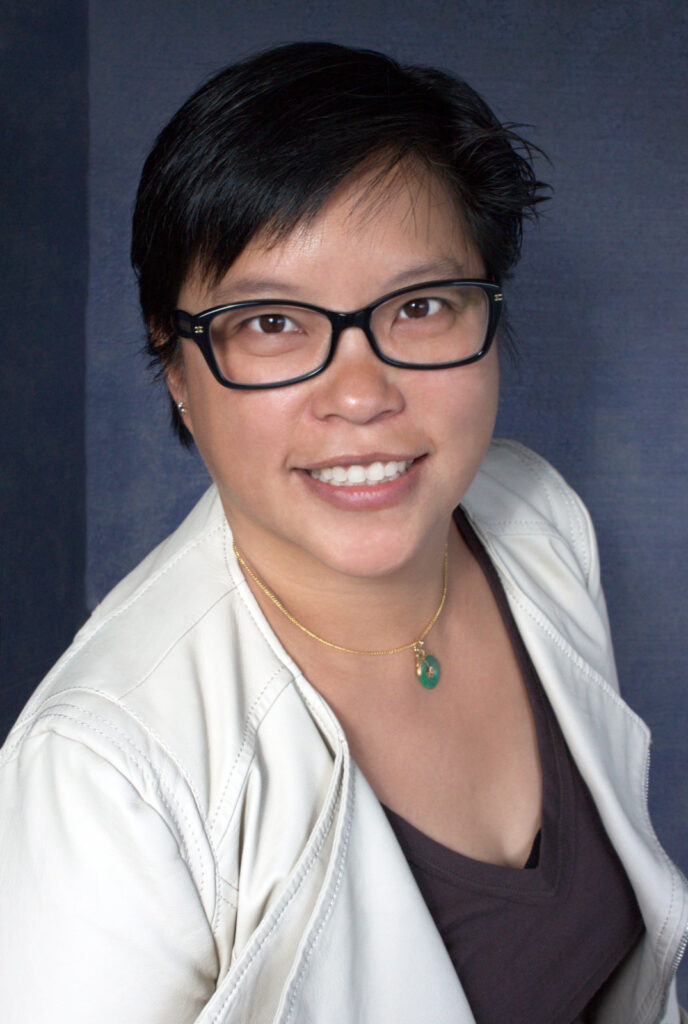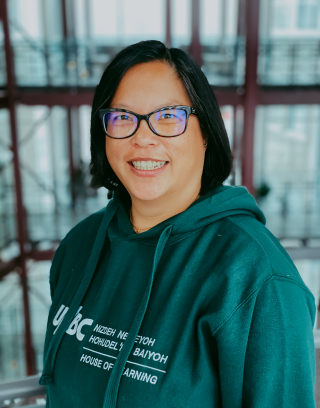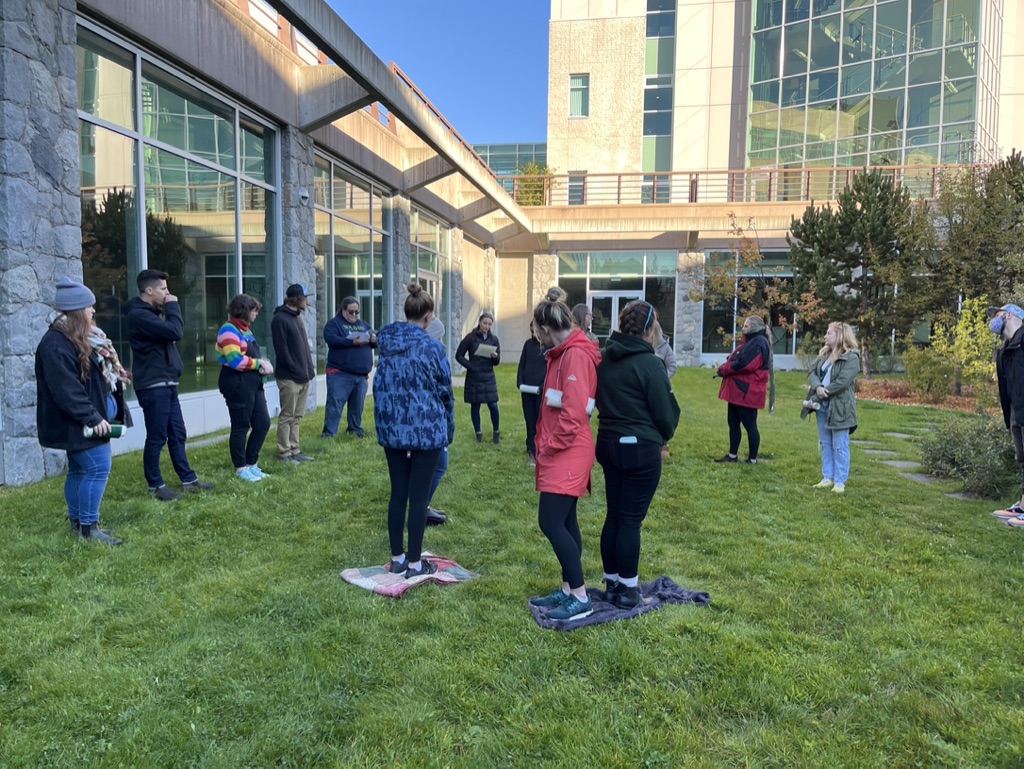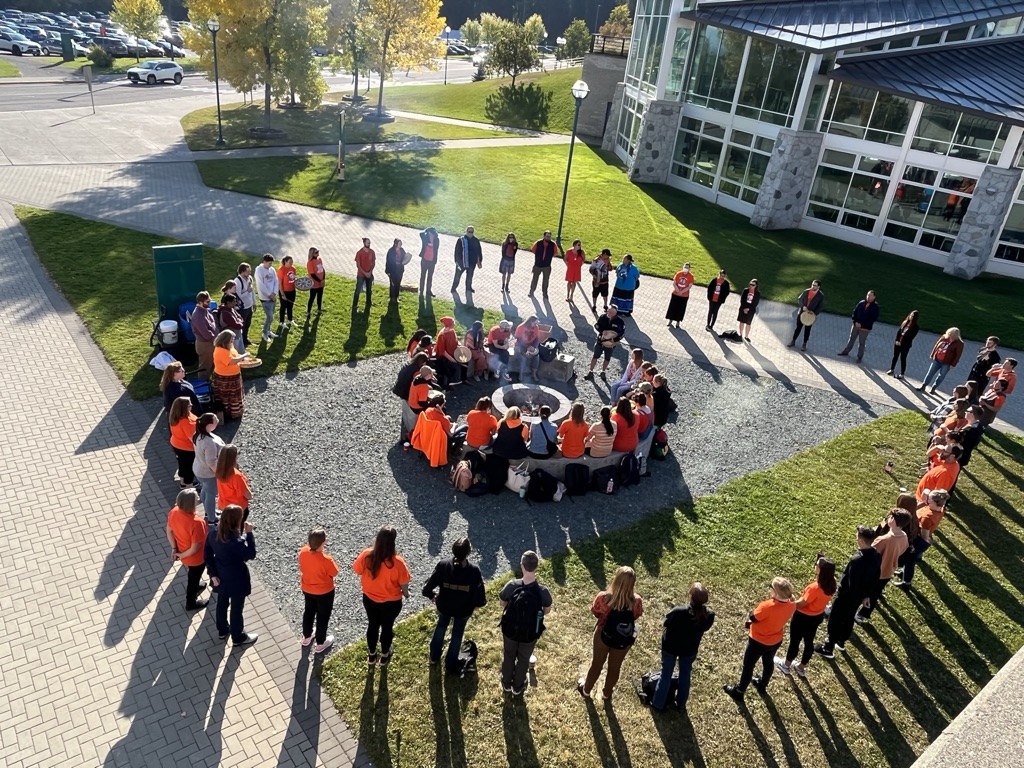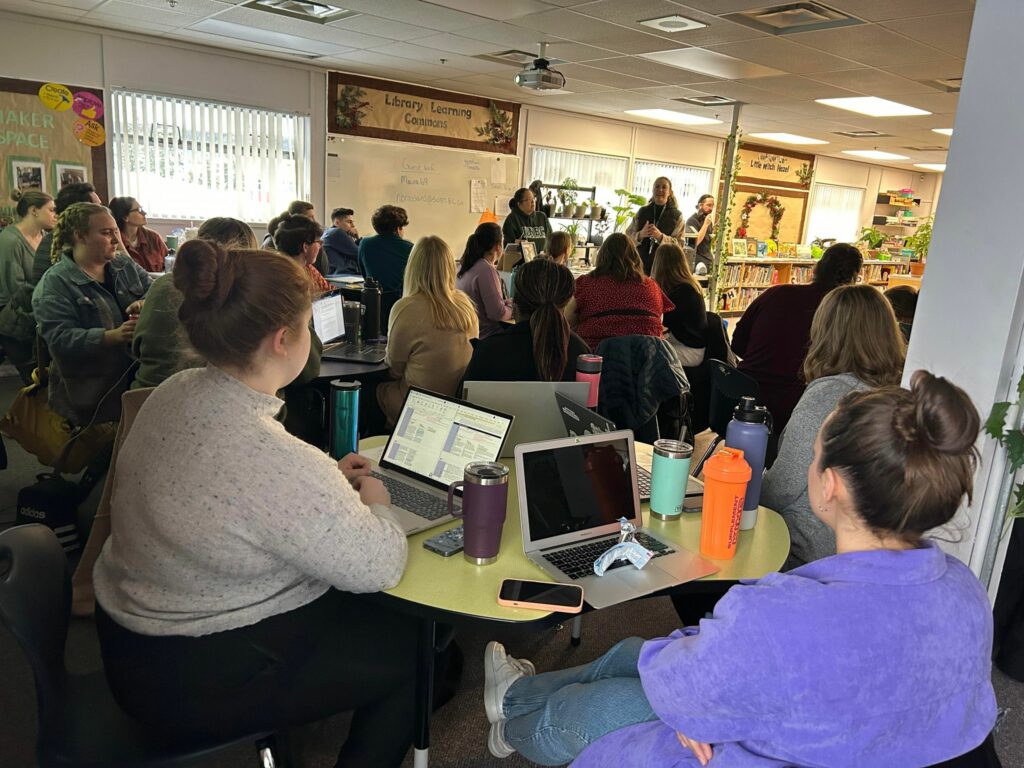
When I was teaching in K-12 schools, Assessment for Learning was a major focus in schools. There was a huge movement to shift assessment practices emphasizing formative practices. Early in my career, everything I did in terms of assessment was summative (i.e., quizzing students everyday, counting assignments for marks, and unit testing was unnecessarily high stakes). I assessed student achievement.
At the time, I remember going to a provincial “meeting” where representatives from each school district would meet do discuss Ministry initiatives. The topic was UbD (Universal Design for Learning). What I love about professional learning is not the formal instruction, per se, but the informal serendipitous learning. I sat with a person from the Coquitlam School District and we discussed assessment.
This person wooed me. He asked me really tough questions and asked me why I did what I did with respect to assessment. The conversation was very provocative and transformative. He was working part-time as a teacher and part-time as a faculty advisor at a teacher education program in the Lower Mainland. We stayed in touch for a bit and he sent me resources like Ken O’Connor’s fixing grades.
The person from that workshop changed my life and my teaching practice. I was focused on student learning, not student achievement. The latter is an automatic consequence of the former. This big aha happened well before BC’s Curriculum. Everything in my secondary math classes became formative. EVERYTHING was formative until students wrote the final exam at the end of the learning process, which meant at the end of the course. We still did assignments, tests, and quizzes but the purpose of those assessment tools focused on Assessment for Learning.
How could I move the learning forward with these assessment tools? How can students self-assess their progress and understanding of the course content? And, how can peers be part of the learning process as helpers versus competitors. We were teaching and learning together. I believe this was the time in my teaching career that truly formed my educational philosophy and desired pedagogy. There is no surprise that I am aligned to BC’s Curriculum. It embodies my practice.
At the time, we had the provincial exams for Math 12. The exam at one time was worth 40% and then 20%. It served as the final exam for Math 12. Many of the students who took Math 12 had intentions of going to university and needed the course credit to enter different programs that required Math 12 as a prerequisite. As a result, the provincial exam was a high stakes test. When I am focused on the formative, how can learning and preparing for the exam be fun and collaborative?
I learned a game called “Math Baseball” from one of my classmates during Teacher Education. He described the game to me and another classmate en route to class. I loved the premise, so I created a similar review game also called Math Baseball. Each type of question had different levels of difficulty ranging from 1 to 3. That would be the number of “bases” students would “run” if they got the question correct. All writers at the wall can win bases (as long as there was no cheating).
When teams would accrue up to 4 bases (like baseball), they would win one point. The motivation to get the question correct at the wall was not the number of bases that could be won, but it was the opportunity to participate in a “bonus point” round where each winning participant would throw the team mascot. If you were able to toss the team mascot (i.e., MacDonald’s soft toy… my kid had a tonne) into a small plastic bucket from a given distance, a bonus point would be won.
Honestly, I think the bonus toss made the summative review game EXCITING. Each team was made up of 4 players (sometimes 5) and each team had a team colour, mascot, and self-selected team name. The question would be posted on the far wall and its level of difficulty indicated. The teams would work on the problem collaboratively. I would circulate as the teacher/referee to provide any help. After a given time and readiness, a team member is randomly selected (i.e., card suit).
Teams could only communicate with the writer at the wall with non-verbal cues. It was a relatively “quiet” game. As mentioned, the excitement happened during the mascot toss. Some teams won because they were able to win the toss frequently. After each round, I would follow up with the entire class by point out the correct solution, provide helpful hints, or analyze questions for errors or correction.
Math Olympiks was held over a series of days and many students wanted to keep playing as we approached the provincial exam date. The summative collaborative review game made math fun, engaging, and dialogical. Many have said that Math Olympiks was memorable and in the end… MATH IS FUN. Now looking at this game and what I know today, I can see how this game aligns well with the Core Competencies, Assessment for Learning, and Building Thinking Classrooms.
We shared a common goal and we worked together to achieve that goal. In my class, the final exam (or provincial exam) could be perceived as a 100% exam. Students could do the percentage split with the course mark, but if they did better on the provincial exam, they could attain that mark as their final grade. You’d think that would be super stressful, but students were learning until the very end of the course and the summative assessment of the provincial exam was their final demonstration of their learning. It was always about hope and opportunities.
I am so grateful that I met that person that day at the UbD conference. I continue my practice of formative assessment as a teacher educator and try to model a practice that is focused on Assessment for Learning with teacher candidates and take the opportunity to unpack some of these principles in my assessment course. Assessment and evaluation are an integral part of the teaching and leaning process. It’s intentional and in the end, I’m on the same side as the student.
